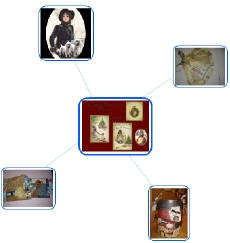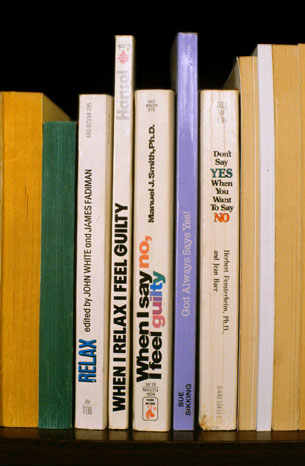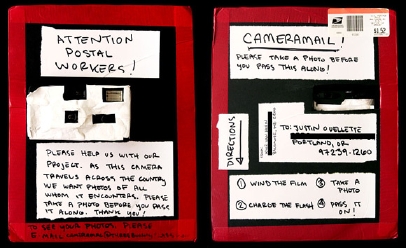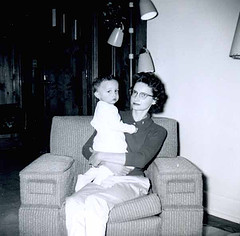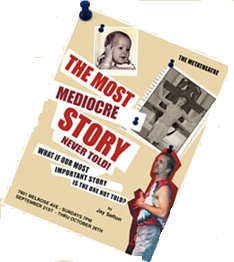See Carol’s bio, photo, and Part 1 of this Q&A, Part 2, Part 3, and Part 4.
Q&A with Carol Mon (Question 5):
Q: Your clients seem to be primarily organizations, but much of what you have to teach about communication skills seems as though it would work on an individual level, too. Can you talk briefly about using some of your principles and techniques for people who want to, say, network, find a job, advance their careers, or improve communication skills?
A: Listed on my Web site are numerous organizations I have worked with on the development and delivery of story. Recently my business has grown significantly in the one-on-one coaching piece. Listing individuals as clients is problematic because many are looking for anonymity. I find working with individuals very rewarding because it is much easier to target one’s specific needs. In workshops some participants are good at delivery but struggle to find meaning, others are good at finding meaning but cannot easily find stories. Working one-on-one, the help I give is focused and feels more like co-creating. Workshops can feel a bit more one-sided, too much lecture.
My work with individuals has included working with speakers on stories for their keynotes, small business owners and their elevator speeches for networking, un-employed for interview stories and small business owners who are developing stories for brochures, or web content. It has been a wide variety of work which is fascinating and rewarding in the sense that I get to hear a lot of great stories.


